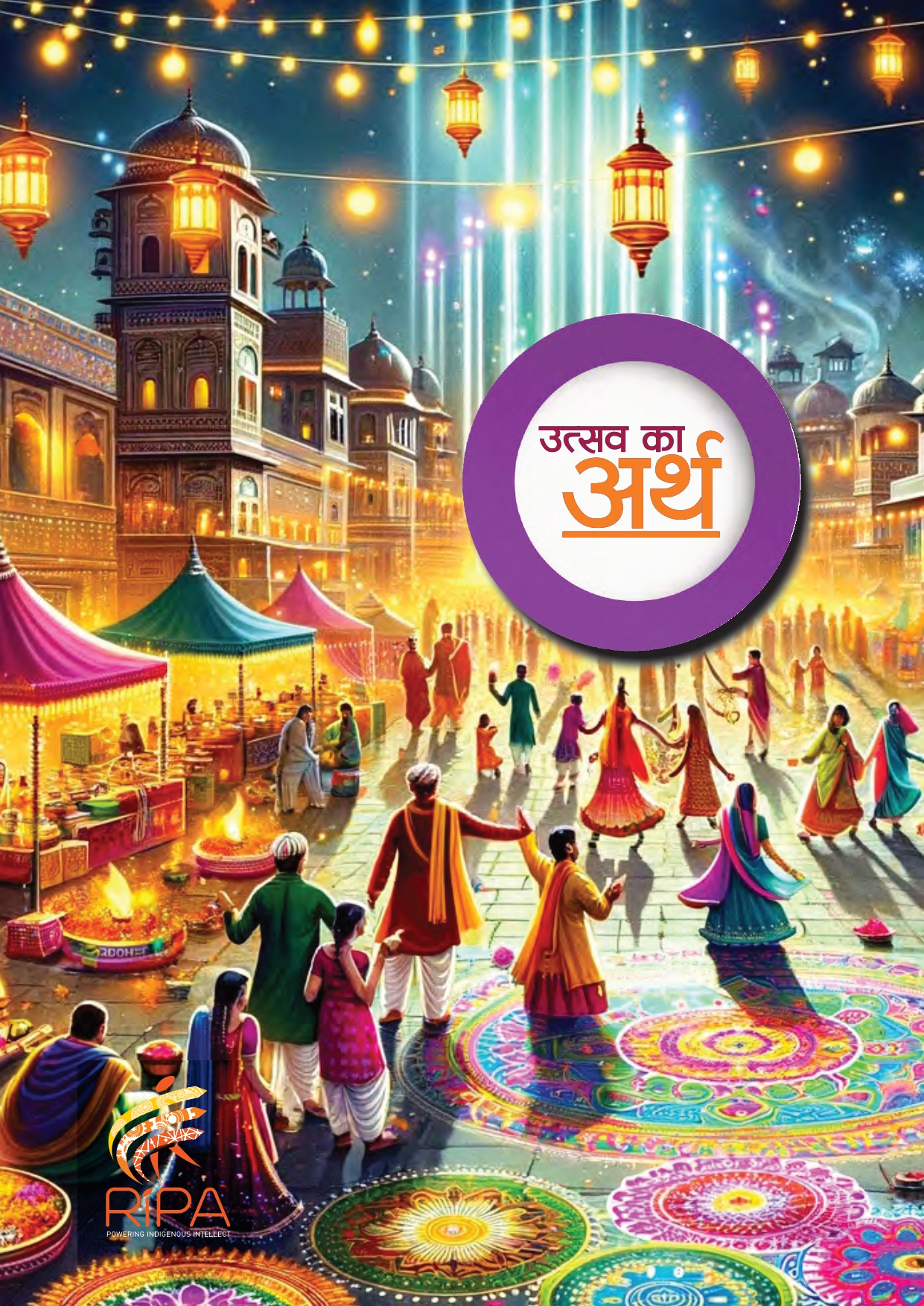Utsav Ka Arth
The economy of Indian festivals since the Vedic era reflects a deep intertwining of religious practices and economic activity. In the Vedic period, festivals were pivotal in reinforcing the socio-economic structure, with rituals and celebrations often aimed at ensuring agricultural prosperity, which was the backbone of the economy. Offerings to deities and elaborate rituals meant to secure the favor of gods for bountiful harvests highlight the direct link between religious practices and economic wellbeing.
Over time, as Indian society evolved, the economic impact of festivals expanded, encompassing not just agricultural productivity but also trade, craftsmanship, and services. Festivals began to drive significant economic activity, from the creation and sale of festive goods (such as textiles, jewelry, and decorations) to services related to travel and hospitality, as pilgrimages and festival gatherings became popular. This symbiotic relationship between the economy and religious festivals has continued into the modern era, with festivals now contributing significantly to local and national economies through increased consumer spending, tourism, and employment opportunities, while still retaining their traditional religious and social significance.




